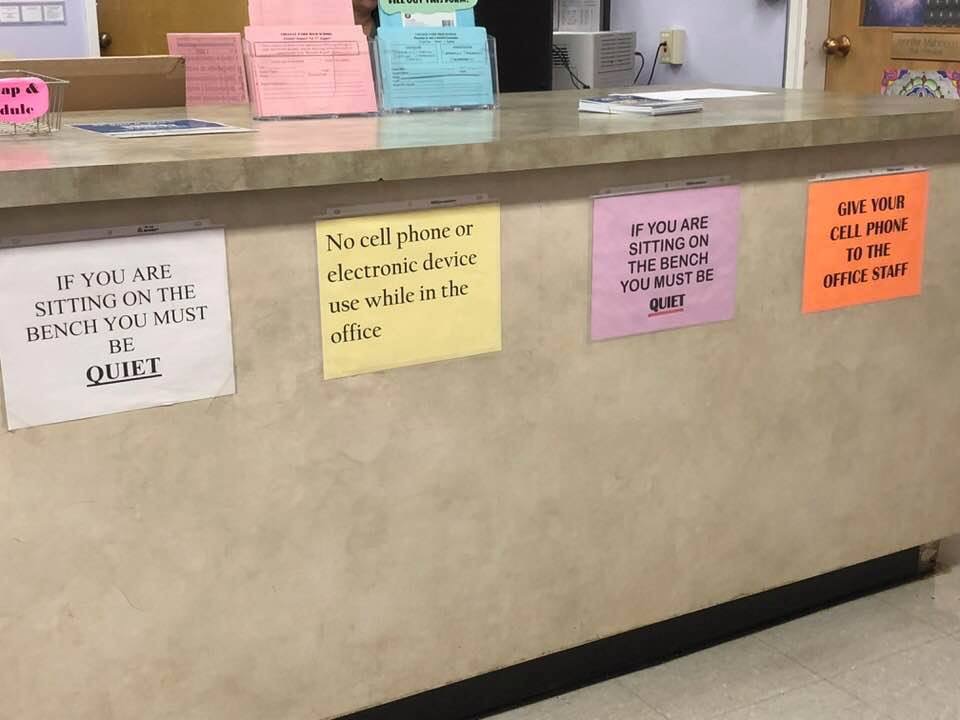“Alone we can do so little, together we can do so much.”
There is so much power in the team you have around you, that it’s well worth nurturing each of the superstars on your team. While the lone heroic leader who takes on the work solo is often celebrated, I believe our work is more effective (and enjoyable) when done as a team. As the leader, you may be the catalyst, but your most innovative work will likely be done as a team. Improving schools is definitely a team sport that requires the involvement of every member on the team.
Here are 3 strategies to harness, fully utilize and nurture a team of SuperStars around you:
1 - Identify Superpowers & Kryptonite The Justice League, a fictional superhero team appearing in American comic books, is powerful because each member has their own unique superpower. The Flash has superhuman speed. Superman possesses the power of flight, superhuman strength, x-ray vision, and heat vision. You get the idea. These superheroes are powerful on their own, but the collective power of the Justice League is amazing! What are the superpowers on your team? And equally as important what is everyone’s kryptonite? (essentially what brings them down in a group or kills their superpower.)
Try having everyone on your team claim their superpower in a group and identify their kryptonite. Even if you don’t have time to do this as a group, you can start to identify the superpowers on your team by watching people in action and asking questions. “What do they do better than anything else? What do they do better than the people around them? What do they do without effort? What do they gravitate to without being asked?” Identifying the superpowers on your team, not only helps you build a stronger team, but it can also help you connect people to opportunities and establish the right level of support for them. Lean in to the superpowers of everyone on your team.
2- Create Team Norms Teams that are successful are successful because of the ways they have chosen to work together. The team’s norms are a greater predictor of success than the actual composite of the team. So in some regards, it is less about who is on the team and the ways in which members interact with one another. In their simplest form, norms are informal understandings that govern the behavior of members of a group. Norms can be unspoken or explicitly expressed—either way, they have a profound influence over how a team works together. What norms do you have for your school or district? Do you encourage teams to actively talk about and set norms? Below are a set of norms you can use as a starting place but make sure to co-create and personalize the norms with your team.
Assume best intentions
Be a learner, not a knower
Bring your authentic self
Take risks and choose to engage
Respect confidentiality
Play (& work) hard!
3 - Clear the Path & Get out of the Way! Education has traditionally relied on a top-down model for decision making but a top-down leadership structure can be detrimental to our teachers. Remember that everyone on your team was hired to do a job for which they are well qualified. Sometimes we need to move aside and let them do their jobs. As leaders, we may have ideas of how to improve our school, but our teachers have ideas too. We need to trust them and acknowledge that we may not be the smartest person in the room. Teachers are our greatest asset. Empower your teachers and give them a chance to share their superhero power!
What other strategies have worked for you as you nurture a team of superstars?




